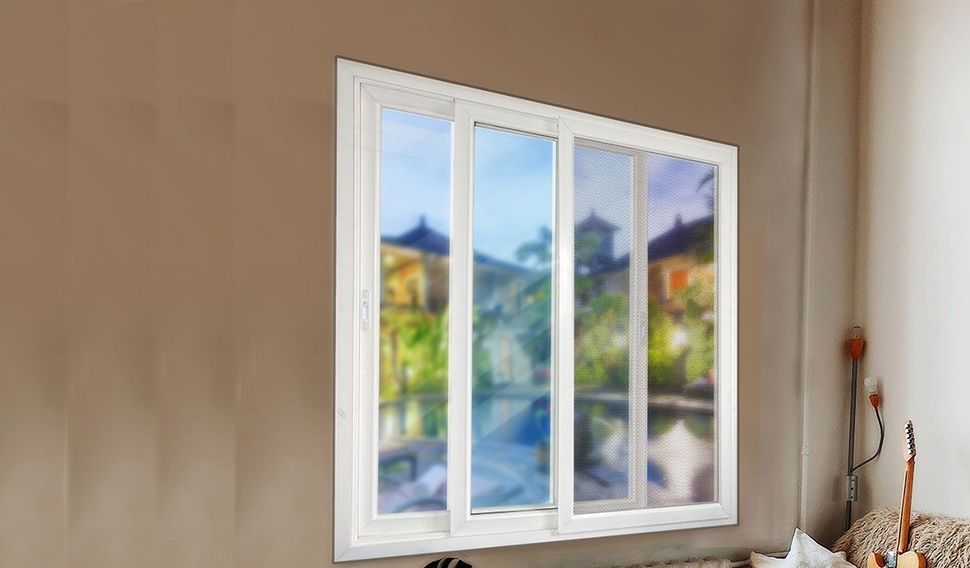
When choosing windows for a residential or commercial project, the material of the frame can significantly affect performance, maintenance, and aesthetics. While wood and aluminum have long been traditional options, UPVC windows are rapidly gaining popularity for their modern advantages. Understanding the differences helps buyers make informed, long-term decisions.
Overview of Common Window Materials
-
Wood – Aesthetically pleasing but prone to moisture damage and requires regular painting or polishing.
-
Aluminum – Strong and sleek but conducts heat, making it less energy efficient.
-
Steel – Durable but heavy, expensive, and high-maintenance.
-
UPVC – Lightweight, non-corrosive, and energy efficient.
Key Differences That Matter
Eumanx Pvt Ltd, a trusted brand in advanced window solutions, designs UPVC windows that are engineered to outperform legacy materials in both function and form.
Here’s how UPVC stands out:
-
Thermal Efficiency
Unlike aluminum, UPVC doesn’t conduct heat, which helps maintain a stable indoor temperature and reduces electricity bills. -
Durability
UPVC frames don’t rot, rust, or corrode—even in high-humidity or coastal environments. -
Maintenance
No polishing, no painting. Just wipe with a damp cloth—unlike wood which demands annual upkeep. -
Sound Insulation
Paired with double glazing, UPVC reduces outside noise significantly more than metal frames. -
Aesthetic Variety
Modern UPVC systems now come in various finishes and colors, catering to both contemporary and classical architecture.
To explore the full range of options, you can browse through UPVC Windows offered by Eumanx Pvt Ltd.
Real-World Use Cases
-
Urban Apartments – Need insulation from heat and noise
-
Villa Projects – Require low maintenance and long-term performance
-
Office Buildings – Demand energy-efficient and sustainable solutions
Final Thought
As buyers and developers weigh the pros and cons of window frame materials, UPVC windows from Eumanx Pvt Ltd consistently emerge as the smarter, future-ready choice. They blend functionality, style, and environmental responsibility—all essential elements in today’s built environment.







